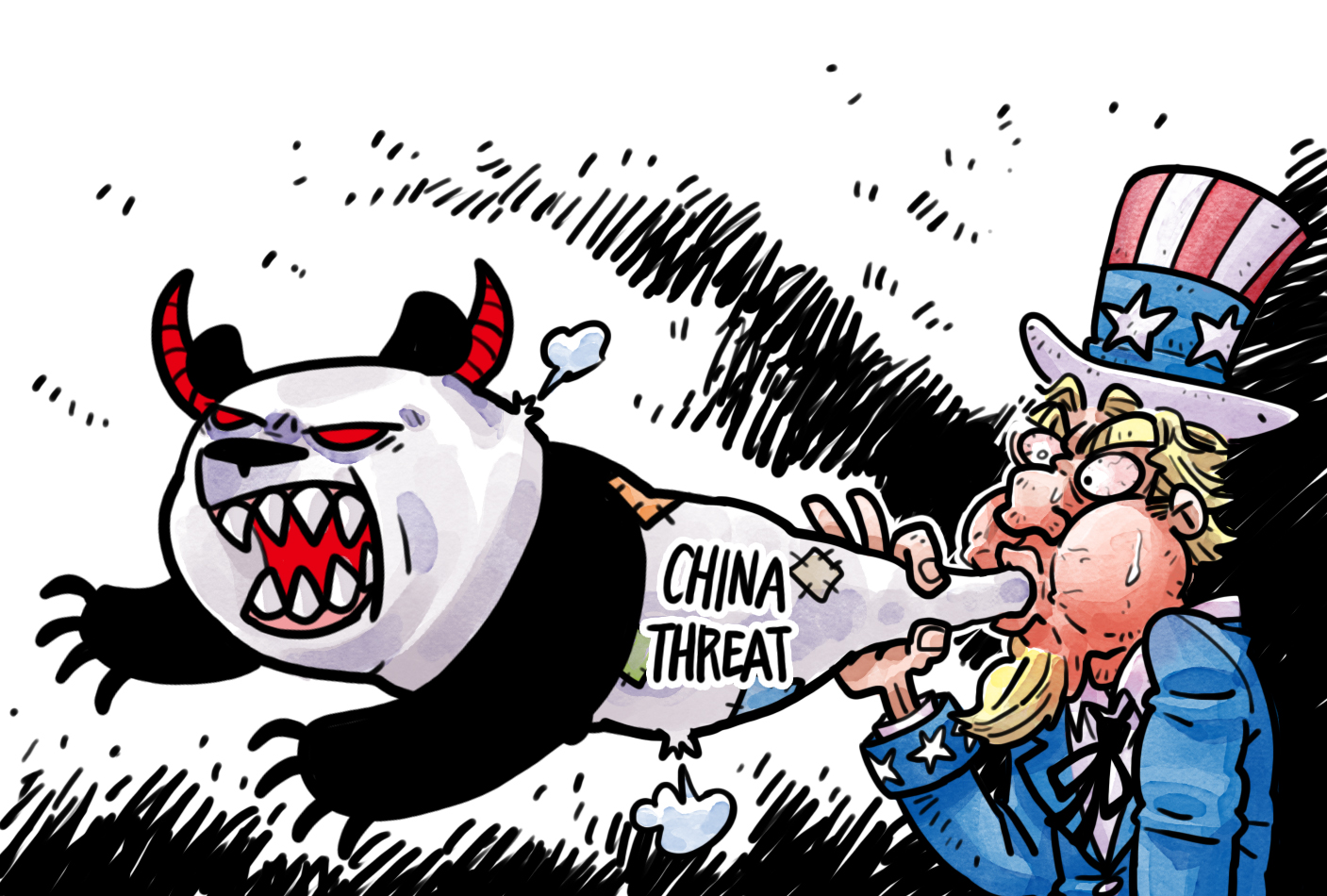

Gaining diplomatic traction on policies that have international implications but fall squarely within the category of China’s internal affairs could be well-nigh impossible.Pegatron - a Taiwanese firm that produces components and assembles iPhones for Apple - said Tuesday that it is cooperating with “local government policies” to “activate energy-saving mechanisms” and adjust its production line, in response to a request from CNN Business for comment about the power crisis. administration to make headway on the exchange rate, which at least was clearly a bilateral issue. Solving that problem will require a host of difficult domestic reforms, from expanding social services so that Chinese don’t have to sock away money for illness and old age, to reforming the state-owned enterprises that continue to soak up an outsize share of income. Now that China’s current account surplus has disappeared, however, and economic pressures are pushing the yuan downward, attention has shifted to the underlying cause of China’s imbalance - its outsize savings rate. Treasury secretaries kept delivering a simple message: Allow the yuan to float in order to level the playing field. In 2007, China’s bulging current account surplus and burgeoning FX reserves were an easy target - strong evidence of currency manipulation. In one sense, Obama had it easier than his successor. Smaller disruptions, along the lines of 2015’s stock market bust, will continue to send ripples across the Pacific. If it did occur, a rapid unwinding of China’s domestic imbalances would risk a global shock. multinationals in China to the battle for influence in the South China Sea. relations, affecting everything from the earnings of U.S. Those different outcomes would have very different implications across Sino-U.S. If that doesn’t happen and credit imbalances unwind rapidly, pessimistic analysts see a drop to low single digits. If reforms are successful and credit risks are contained, growth in 2021 might not be far off the current 6.7 percent level. Policy has started to shift to address the risks.Įven so, the next president will face a strikingly wide range of possible China scenarios. The government’s tight grip on both lenders and borrowers helps prevent disturbances escalating. The country benefits from countervailing forces for stability - including that high domestic savings rate, which provides a continued flow of funding to banks. To be clear, a credit crisis for China in the next four years isn’t inevitable. In other countries that have seen such a rapid build-up of credit, the result hasn’t been pretty. president’s term in early 2021, China’s credit-to-GDP ratio could be well above 300 percent. On its current trajectory, by the end of the next U.S. Voices from the Bank for International Settlements to the PBOC’s own advisers have sounded alarm bells.

Growth has held steady, but with bulging investment paid for with ever-increasing borrowing, outstanding credit has now swelled to around 250 percent of GDP.

rates too low for too long - fertile ground in which the seeds of the real estate crisis were planted. Maintaining the yuan’s peg to the dollar - which kept its value artificially low in a deliberate effort to supercharge exports - created a giant Chinese trade surplus that had to be recycled into U.S. But China’s mercantile trade strategy played a crucial role, too. policymakers and regulators, as well as rule-bending behavior in real estate and banking, are largely to blame. The causes of the 2008 crisis were many and varied. president may well confront a Chinese financial crunch with its origins in the U.S., as China unwinds the credit imbalances built up over the last eight years to defend against that global slump. financial crisis that was to some degree made in China. Article contentīack in 2008, incoming President Barack Obama inherited a U.S.

Join the conversation China's lack of adequate health services causes many Chinese to save large parts of their income.


 0 kommentar(er)
0 kommentar(er)
